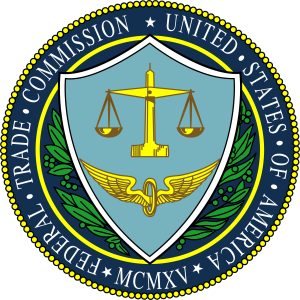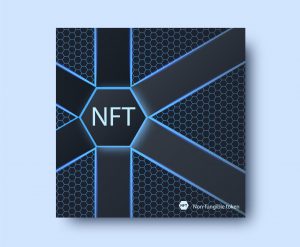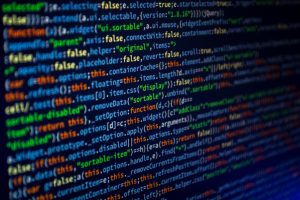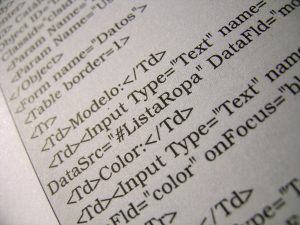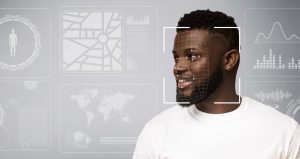 Cydney Tune recently joined host Joel Simon on the Industry Insights podcast to chat about the NFT trend, its expansive industry reach and some of its interesting pop culture manifestations.
Cydney Tune recently joined host Joel Simon on the Industry Insights podcast to chat about the NFT trend, its expansive industry reach and some of its interesting pop culture manifestations.
Joel Simon: Our discussion today is going to touch on a number of things that are a mystery to a lot of people. We’ll focus on non-fungible tokens, known as NFTs, and in the process, can’t help but mention blockchain and cryptocurrencies. Cydney, I read recently that the technology for an NFT has existed since 2010. They went mainstream in 2017, and this year, NFTs have already generated more than $2 billion in sales. So this is definitely a topic that people should get up to speed on. Let’s start with the most basic question: What is an NFT?






